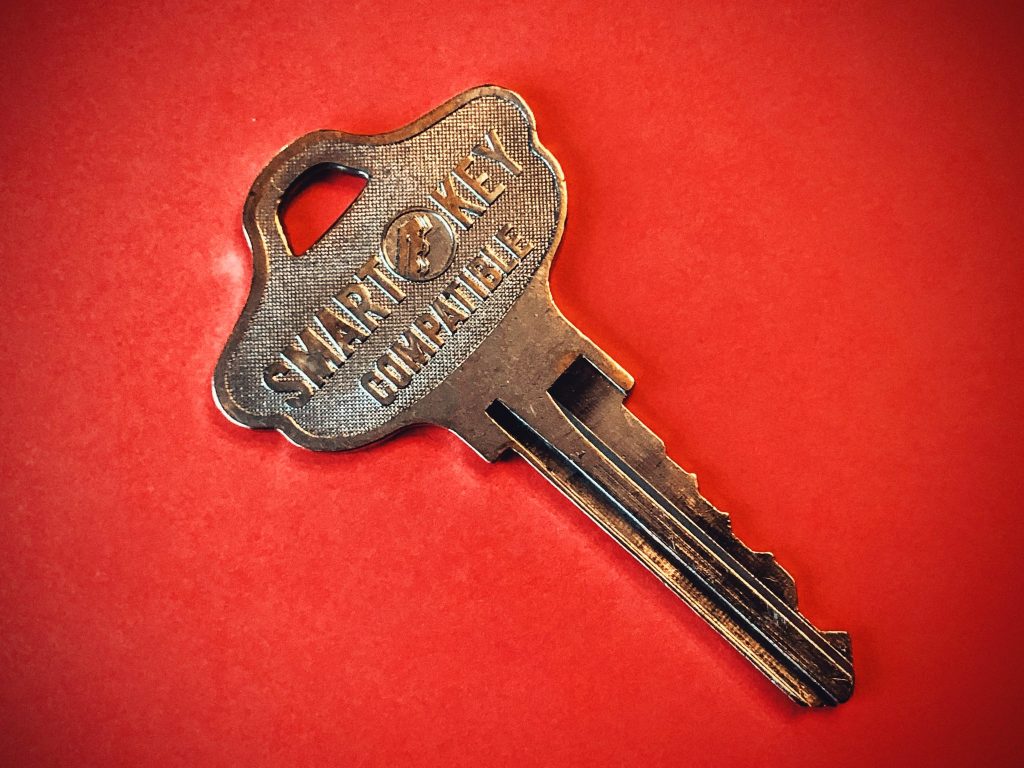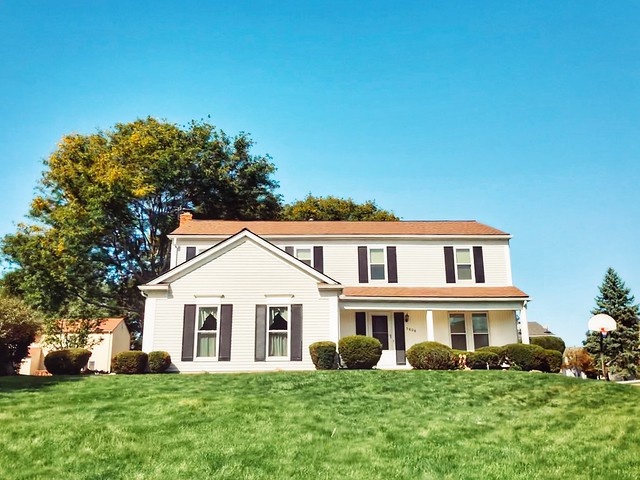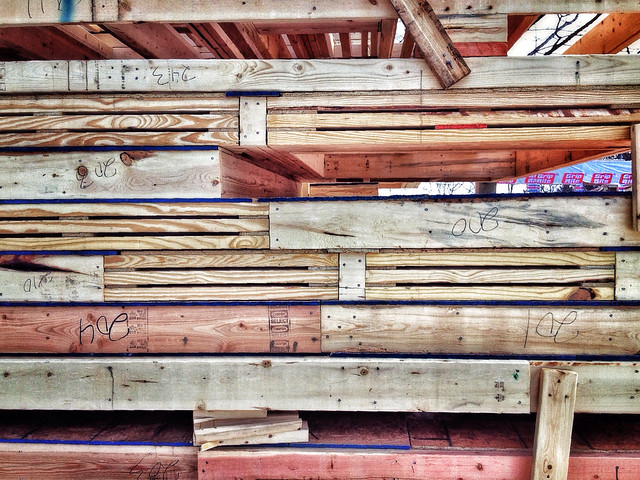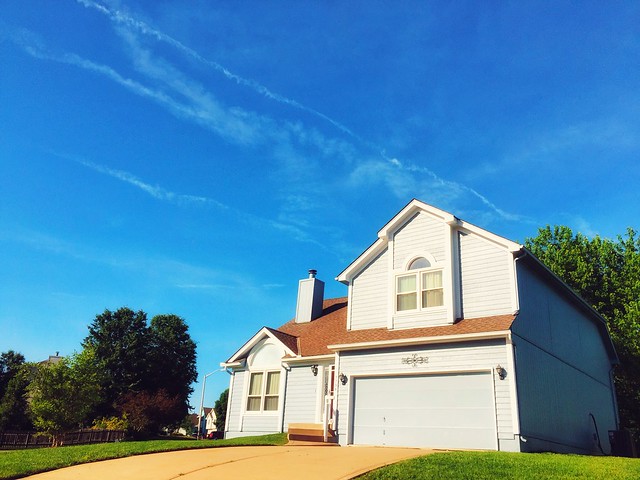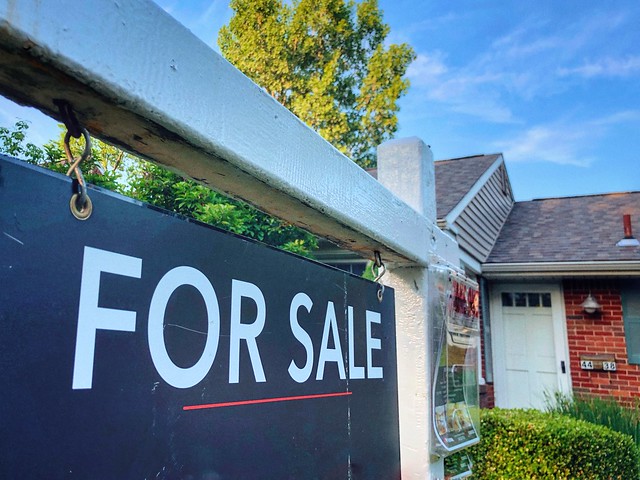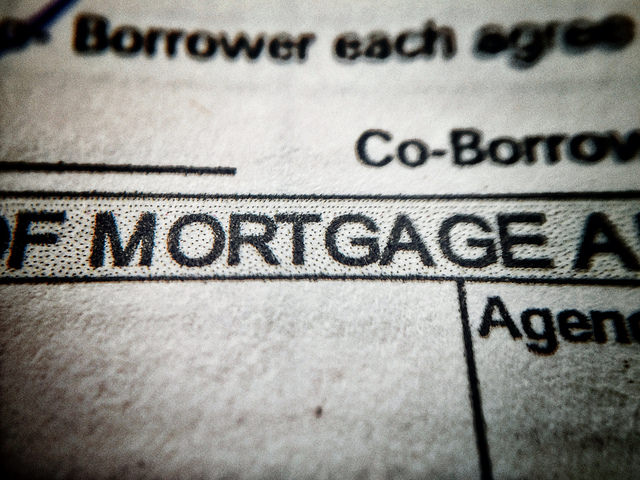For the most part, home buyers aren’t looking to move too far from home. In fact, 60 percent of us live within 10 miles of our childhood home, according to numbers from Consumer Affairs. That means most us who are thinking about making a move are thinking about moving within our own state. But which state has the most in-state movers? A new study looked at the numbers. It found the state best at keeping its residents was Texas, with 93 percent of Texans looking for a house somewhere in Texas. Next up was Michigan at 92 percent, followed by Wisconsin, Ohio, Minnesota, Oklahoma, and Missouri. Based on the number of midwestern states on the list, affordability could be a big factor in which states keep the most residents. After all, the Midwest is still the country’s most affordable region for home buyers. On the other end of the list, Alaska, Hawaii, and Rhode Island were the places that saw the most movers leaving for another state. (source)




